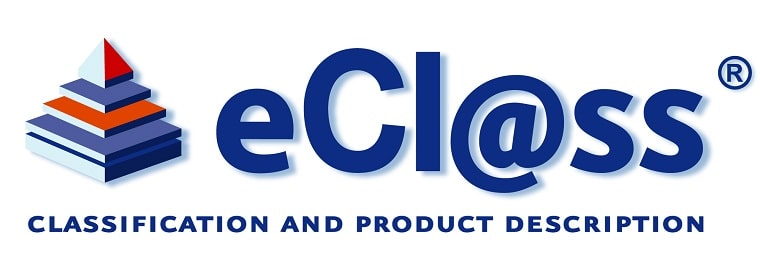
eCl@ss was developed by leading German companies and is characterized by a 4-level hierarchical classification code. Just like ETIM, the development of eCl@ss was motivated by the need for standardized product information to facilitate clear communication between parties. From their shared objective, ETIM and eCl@ss teamed up in 2001 to create a sustainable harmonization between the two. A milestone on this path to interoperability was marked by the mapping of all electro-technical ETIM classes to eCl@ss.
In April 2019, ETIM and eCl@ss extended their collaboration from Germany to an international scope, committed to investigating and implementing further synergies to make life easier for users of both standards and avoid inefficiencies associated with dual processing. The existing mapping is to be continued and expanded where possible and as such helps put an effective pillar under the digitalization of our sector.
buildingSMART

buildingSMART International (bSI) is a standards body that aims to transform the built asset economy through the creation and adoption of open, international standards for building objects and processes. ETIM International and buildingSMART International agree on the critical benefits of promoting closer coordination of their respective activities to strengthen open-standard based interoperability throughout the building and infrastructure lifecycle and value chain.
Both parties are committed to a joint project involving the inclusion of ETIM’s product classification standard into the buildingSMART Data Dictionary (bSDD), whilst considering the governance and workflow requirements of both standard systems. Both organizations are equally committed to future-proofing the existing versions of their standards. This includes alignment of all developments following the release of ETIM 7 to the requirements of BuildingSMART’s processes, ensuring long-term use of all existing ETIM-based product data in the ever-growing number of digital processes in the construction sector.